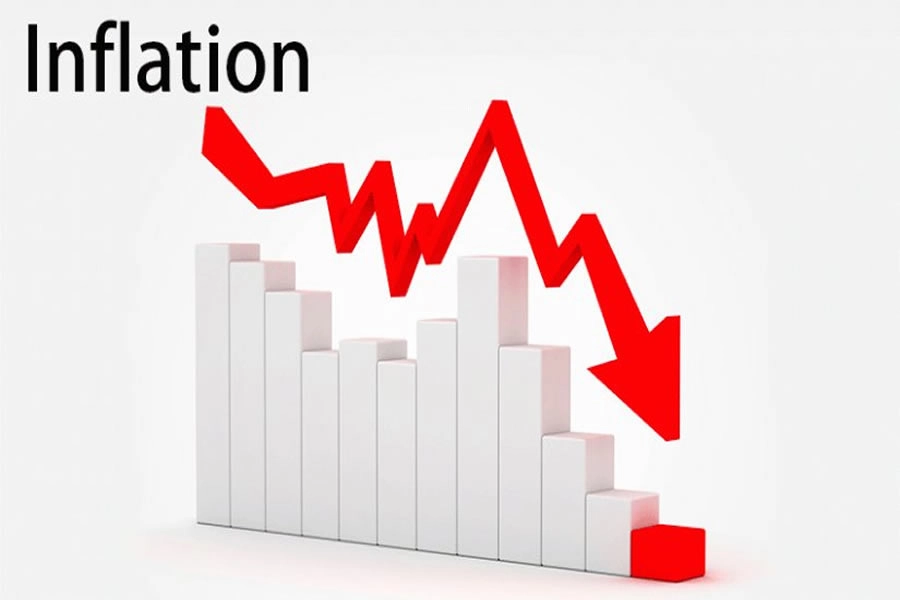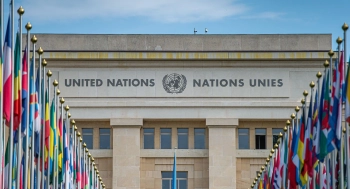Turkey's Inflation Dips to 33.52% in July: What Does This Mean for the Economy?
Introduction: Understanding Turkey's Inflation Scenario
What is driving Turkey's inflation, and why did it drop to 33.52% in July? How does this impact everyday citizens and businesses? Inflation has been a persistent challenge for Turkey, with rates soaring in recent years due to a combination of monetary policies, global economic pressures, and domestic factors. The recent dip offers a glimmer of hope, but is it sustainable? This article explores the causes, implications, and future outlook of Turkey's inflation trends.
The July Inflation Drop: Breaking Down the Numbers
Turkey's annual inflation rate fell to 33.52% in July, down from previous months. This decline marks a notable shift, but it remains significantly higher than the central bank's targets. The drop was influenced by stabilizing food prices and a slowdown in energy costs. However, core inflation—which excludes volatile items like food and energy—remains stubbornly high, indicating underlying economic pressures.
Real-world example: A grocery basket that cost 100 Turkish Lira last year now costs around 133.52 Lira, illustrating how inflation erodes purchasing power despite the recent dip.
Key Factors Behind Turkey's Inflation Crisis
Monetary Policy and Interest Rates
Turkey's central bank has faced criticism for keeping interest rates low despite soaring inflation, contrary to conventional economic wisdom. This unorthodox approach, influenced by political pressures, has weakened the Lira and fueled price surges.
Global Supply Chain Disruptions
Like many countries, Turkey has felt the ripple effects of post-pandemic supply chain bottlenecks and the Ukraine war, which drove up energy and commodity prices.
Domestic Demand and Currency Depreciation
The Lira's steep decline has made imports more expensive, further exacerbating inflation. Meanwhile, strong domestic demand has outpaced supply in key sectors.
Impact on Businesses and Consumers
High inflation has squeezed household budgets, forcing many to cut back on non-essential spending. Businesses, particularly small and medium enterprises (SMEs), struggle with rising input costs and uncertain pricing strategies. For example, a textile manufacturer in Istanbul reported a 40% increase in raw material costs over the past year, forcing price hikes that risk losing customers.
Government Measures and Future Outlook
Turkish authorities have introduced measures like tax cuts on essentials and subsidies for energy bills to ease the burden. However, economists argue that tighter monetary policy is needed for long-term stability. The central bank recently signaled a shift toward rate hikes, which could help curb inflation if sustained.
Comparative Analysis: How Does Turkey Fare Globally?
While Turkey's inflation remains high, it is not alone. Argentina and Venezuela face even steeper price hikes, whereas the Eurozone and U.S. have seen inflation cool to 5-6%. Turkey's unique challenge lies in balancing political priorities with economic reforms.

Conclusion: A Cautious Optimism
The July dip offers temporary relief, but structural reforms are crucial for lasting stability. Investors and citizens alike will watch for consistent policy adjustments in the coming months.






